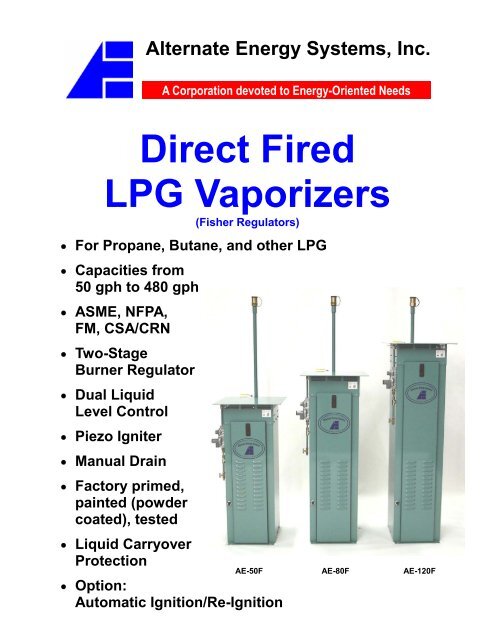

This device, used by “green” cars analyzes the exhaust gas and provides information to a microprocessor that, through a linear dispenser with motor (step by step) manages to ensure the correct process of mixing the fuel with the air at any time with notable advantages for reducing pollution, duration of use of catalytic converter and oxygen sensor as well as fuel economy. Recent innovations have introduced substantial improvements using the oxygen sensor for LPG as well.

The development of the technique has led to solutions able to overcome all problems related to the use of gas in any kind of vehicle. The components of this system have been designed and manufactured for the perfect equipment of the vehicle, without altering the original operating mode. The autogas has a closed system in which there are valves that shut off and transport the fuel from the pump to the tank without exposure to the environment, which prevents leakage and evaporation.

Moreover, the ignition temperature is less than half that of gasoline. LPG has the smallest flammable radius of alternative fuels. It is non-toxic, non-poisonous and does not contaminate water and soil. Liquefied Petroleum Gas is a safe and clean fuel that has been used for years for cooking and heating. In order to prevent and minimize fuel hazard, the LPG industry has developed a series of standards and rules in the design, production, and installation of components and equipment, which are constantly adapted to technological developments.

The LPG is clean, does not contain water or other impurities, has a complete combustion and does not generate deposits on pistons, segments and spark plugs. LPG (Liquefied Petroleum Gas) is a mixture of hydrocarbons consisting predominantly of a mixture of propane and butane, obtained by refining the petrol or directly from the extraction after it has been separated from the natural gas or oil with which it is mixed in petroleum fields.


 0 kommentar(er)
0 kommentar(er)
